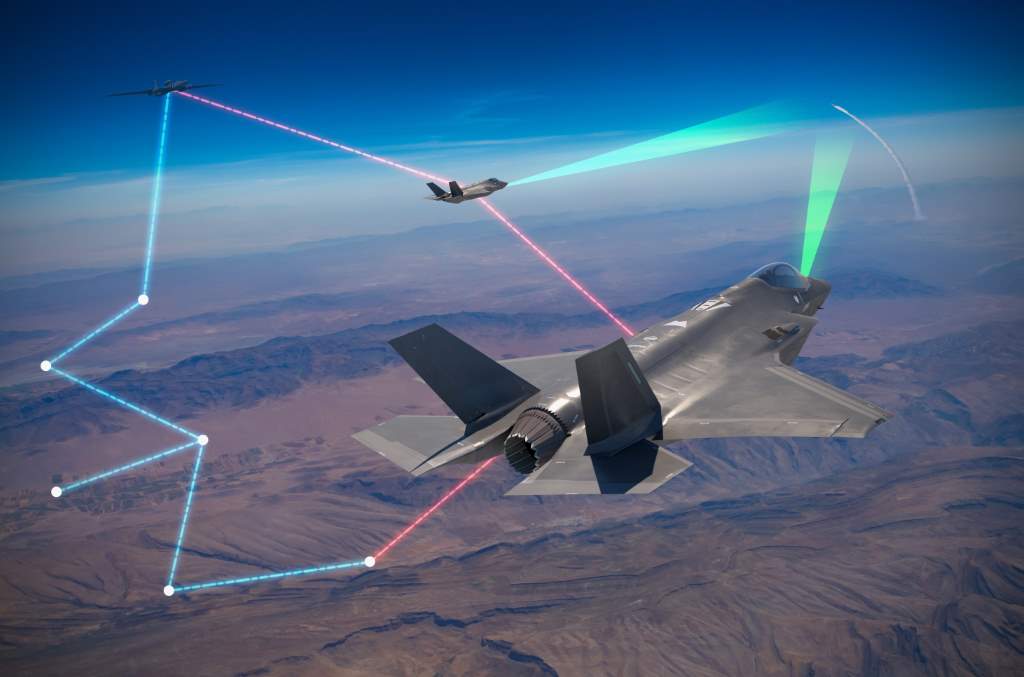New USAF priorities revealed for industry partners

The US Air Force (USAF) has revealed its priorities for future technology capabilities to industry partners.
The 2022 Topical Call for Solutions and Concepts to industry partners was made as part of the Department of the Air Force (DAF) Future Force Capability Development Strategy Interchange Meeting (SIM) Phase I.
Leaders shared DAF’s future force strategies, efforts, challenges, and investments geared towards securing strategic advantage. The industry partners also received insights into the DAF’s interests in a wide array of technology areas and concepts.
The five topics in the 2022 Topical Call for Solutions and Concepts are:
- Cognitive electronic warfare, or EW: algorithms, architecture and adaptation to enable real-time interdiction of unknown signals.
- Compact and containerised platforms: Approaches to compress, ship, field-assemble or aerially deploy air platforms.
- Lean, agile ground operations: Field preparation, support equipment and processes for austere combat power.
- Networking the fight: Multi-domain, multi-level, multi-partner connectivity through nodes/network/apps.
- Responsive launch for multi-domain effects: On-demand, precision placement of smaller payloads into specific orbital positions.

Cognitive electronic warfare
“We need advances in EW systems to sense and prosecute modern threats, and Artificial Intelligence/Machine Learning advancements alone will not close this capability gap,” said Dr Reid Melville, chief of innovation for the Air Force Research Laboratory’s Strategic Development Planning and Experimentation and Transformational Capabilities Office.
The solution space for this challenge includes bridging the technology gap between legacy EW systems to Cognitive EW systems, using open standards across both the hardware platform and the EW software and adaptive managers to optimise the EW system.
Compact containerised platforms
Melville said the demand for compact containerised platforms involves the need to generate a significant mass of combat power from forward, austere operating sites and to generate a significant mass of combat power from remote, air-launched operations.
The solution space for this challenge includes employing small-footprint Autonomous Collaborative Platforms, or ACP, from forward areas; ACPs that are readily shippable, containerised and ready for field assembly and maintenance; and expanding the volume of air-launched effects from more compact or palletised munitions.
The concepts and solutions request is for methods to best pack, containerise and ship ACPs with reduced weight/volume footprint, techniques for simplified forward-assembly and in-situ production of replacement parts, and technology to enable more compact or compressed air-launched SUAS and munitions.
Lean, agile ground operation
Lean, agile ground operation involves the requirement for agile airfield areas that can be established rapidly in forward areas.
“Forward air operations need low-logistics ground support equipment that flows rapidly,” Melville said.
The solution space for this challenge includes capability for forming, preparing or exploiting ramp and runway surfaces for air operations; Aerospace Ground Equipment (AGE) with radically lower volume/mass/operator footprint; and other low-footprint solutions that support needed functions for air operations.
The concepts and solutions request is for methods for rapid creation or refurbishment of large surfaces with needed durability; technology for light, multi-functional equipment with minimal operator requirements; and other technology that enables lean and agile logistics for austere air operations.
Networking the fight
“Networking the Fight addresses the ability to communicate opportunistically -- not just about the ability to talk to each other, but instead the ability to take action on not just kill-chains but rather kill-webs,” Melville said. “Command and control of the network is not trivial.”
Solutions being sought include government flexible software with interoperable hardware to CONNECT-SECURE-SHARE information across heterogeneous nodes and networks.
The concepts and solutions request is for flexible, agile, hardware and software applications and algorithms to CONNECT-SECURE-SHARE information.
Responsive launch for multi-domain effects
Melville said potential competitors’ advanced anti-access/area denial, or A2AD, capabilities restrict U.S. and allied freedom of operation. Solutions being sought include multi-domain effects that cross the air and space domain.
The concepts and solutions request is for responsive space launch of payloads placed into orbits below 400 km on tactically relevant timescales.
The SIM Phase I virtual event attracted nearly 250 participants who represented more than 100 organisations.
The attendees were then allowed to securely share their ideas and receive feedback from interested government stakeholders in one-on-one settings at Phase II of the SIM, which took place from 26-28 April at Joint Base Andrews, Maryland.












